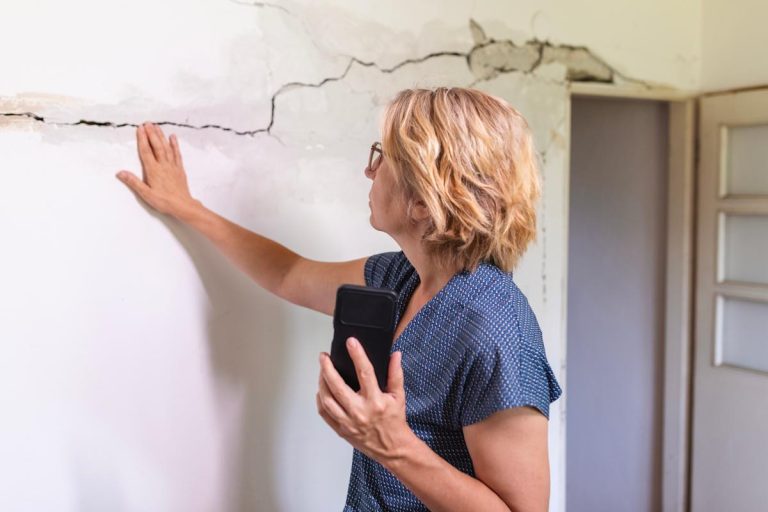As a die-hard rugby fan, I thought I had seen it all – scrums, rucks, mauls, and referee decisions that made me seriously question reality. But nothing could have prepared me for my first experience of wheelchair rugby at the World Wheelchair Rugby Championship in Adelaide last weekend.
While this sport might seem like rugby union’s second cousin twice removed, at heart, it is still rugby – full-throttle, high-impact, aggressive, and downright adrenaline-fueled.
The Laws? Well, they’re a different beast. Players zoom around the court like turbo-charged bumper cars, smashing into each other with the kind of force that mimics a front-rower flattening a mouthy scrum-half.
The ball? It’s round, which feels wrong for a rugby purist, but somehow it works. Instead of kicking goals or dotting the ball down for a try, players score tries when any two wheels cross the goal line while they’re still in control of the ball. In short, if you love fewer kicks, no scrums, and more tries, this could be your favourite sport – you just don’t know it yet.
And the tackles? Oh, they’re glorious collisions of metal and sheer determination—often resulting in broken wheels, bruised egos, and the occasional bloodletting, as Australia’s own Andrew Holloway painfully discovered after a vicious hit from Brazil’s Gabriel de Lima.
Decoding the mystical wheelchair rugby classification system is a mathematical puzzle wrapped in a game plan. Each player is given a point value between 0.5 and 3.5, based on their functional mobility. But here’s the catch—a team’s four players can’t exceed a total of 8 points. So, coaches must balance their lineup like they’re assembling the ultimate Avengers squad.
Oh, and here’s where things get interesting—female players get a bonus 0.5 points added to the team’s total, meaning that a powerhouse female player or two can tip the scales in your team’s favour.
Each classification group has its own role to play:
• Low-pointers are the tactical masterminds of defence—essentially the front-row forwards of the game. They’re solid, dependable, and about as easy to move as a stubborn cow in the middle of a dirt road. In the final Netherlands’ Ben Baziun put on an absolute masterclass in low-pointer play.
• Mid-pointers: The all-rounders, or rugby union’s back-rowers. Versatile enough to defend like a brick wall, but sneaky enough to zip through gaps when needed.
• High-pointers: The flashy speedsters. Think of them as rugby’s flying wingers – scoring most of the tires and stealing the glory while making it look effortless.
Is the Steelers Australia’s next sporting phenomenon? Led by Chris Bond, the Championship’s Most Valuable Player, the Steelers are on a mission to take wheelchair rugby mainstream. Watching Bond orchestrate plays with the precision of a grandmaster while simultaneously bulldozing opponents was mesmerising.
In a sideline interview, Chris Nay, CEO of Wheelchair Rugby Australia, suggested that the Steelers are destined to follow in the footsteps of the Boomers and Matildas, giving Aussies yet another world-class team to rally behind.
With Paralympic gold medals in 2012 and 2016 and a strong showing in Adelaide, wheelchair rugby might just have something rugby union has been desperately missing – great management.
Just like rugby union, wheelchair rugby is also a battle of playing styles. Brazil, much like the Springboks, played with aggression, passion, and physicality—their tackles were so brutal that you could feel them from the stands. Canada learned it the hard way in the bronze final, as their confidence crumbled the moment they lost the contest.
Meanwhile, the Netherlands executed a masterclass in resilience, winning gold against the Steelers in the final without even calling on their bomb squad. Their low and mid-pointers proved the difference, showing that a good strategy can beat speed and skill.
Will I be trading my rugby jersey for a Steelers one? No, there is enough space in wardrobe for both. Whether you’re a rugby union purist or just someone who enjoys watching elite athletes defy expectations, the World Wheelchair Rugby Championship is an event you don’t want to miss. Wheelchair rugby may just become your favourite sport.
If you live anywhere near Adelaide, get to the World Wheelchair Rugby Championship in 2026. I hope to see you there!





